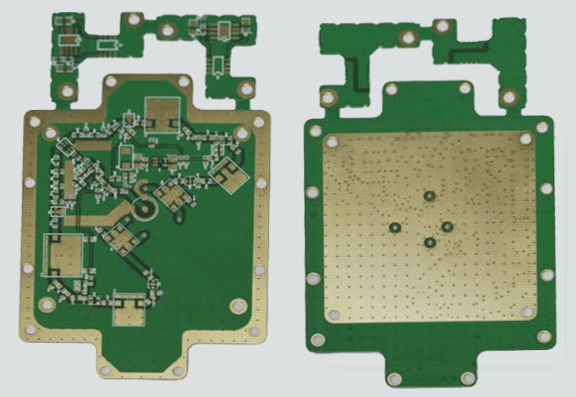Overview of PCB Circuit Layout and Routing Guidelines
The guidelines for PCB component layout emphasize optimizing performance, manufacturability, and maintainability by prioritizing critical components, ensuring efficient heat and signal management, avoiding routing pitfalls like right angles, and focusing on symmetry, balance, and accessibility.
Overview of PCB Circuit Layout and Routing Guidelines Read More »




